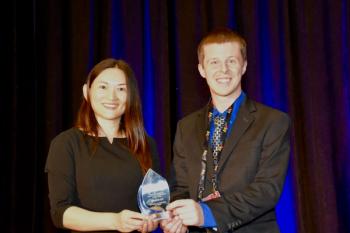
Call for Papers: Raman supplement (June 2014)
Spectroscopy magazine is seeking contributed manuscripts for its June 2014 supplement on Raman spectroscopy.
Spectroscopy magazine is seeking contributed manuscripts for its June 2014 supplement on Raman spectroscopy. Suitable papers will discuss recent advances in the methods or its applications.
Readers may wish to review our
Manuscripts should be approximately 2,000-2,500 words long, plus figures and tables as needed, including an abstract of approximately 150-200 words. Applications articles should follow a standard experimental article format. Figures and tables, along with their captions, should appear at the end of the manuscript, and figures also must be sent as separate files, preferably in JPG, TIF, PNG, or XLS format. References should be called out using numbers in parentheses and listed at the end of the manuscript in numerical order.
Submissions from equipment manufacturers will be considered but must be devoid of promotional content; discussions of new technology should not focus on a specific manufacturer’s instrument.
Complete author guidelines are available at the following link:
Due date for abstract submission: March 21, 2014
Due date for completed articles: April 25, 2014
Suggested article length: ~2000–2500 words, plus figures and tables as needed
Where to submit: Send all proposals and completedarticles to Editor Laura Bush, at lbush@advanstar.com (tel. +1.732.346.3020).
About Spectroscopy:
For more than 28 years, Spectroscopy has been providing information to enhance productivity, efficiency, and the overall value of spectroscopic instruments and methods as a practical analytical technology across a variety of fields. Scientists, technicians, and laboratory managers gain proficiency and competitive advantage for the real-world issues they face through unbiased, peer-reviewed technical articles, trusted troubleshooting advice, best-practice application solutions, and educational web seminars.
Newsletter
Get essential updates on the latest spectroscopy technologies, regulatory standards, and best practices—subscribe today to Spectroscopy.




